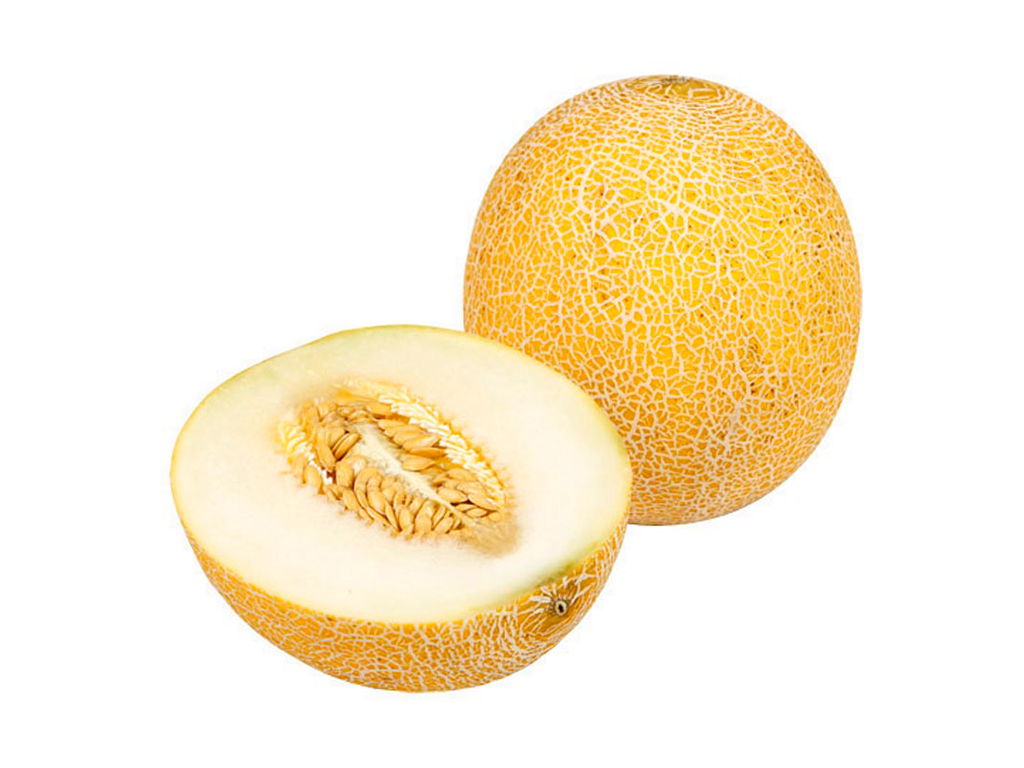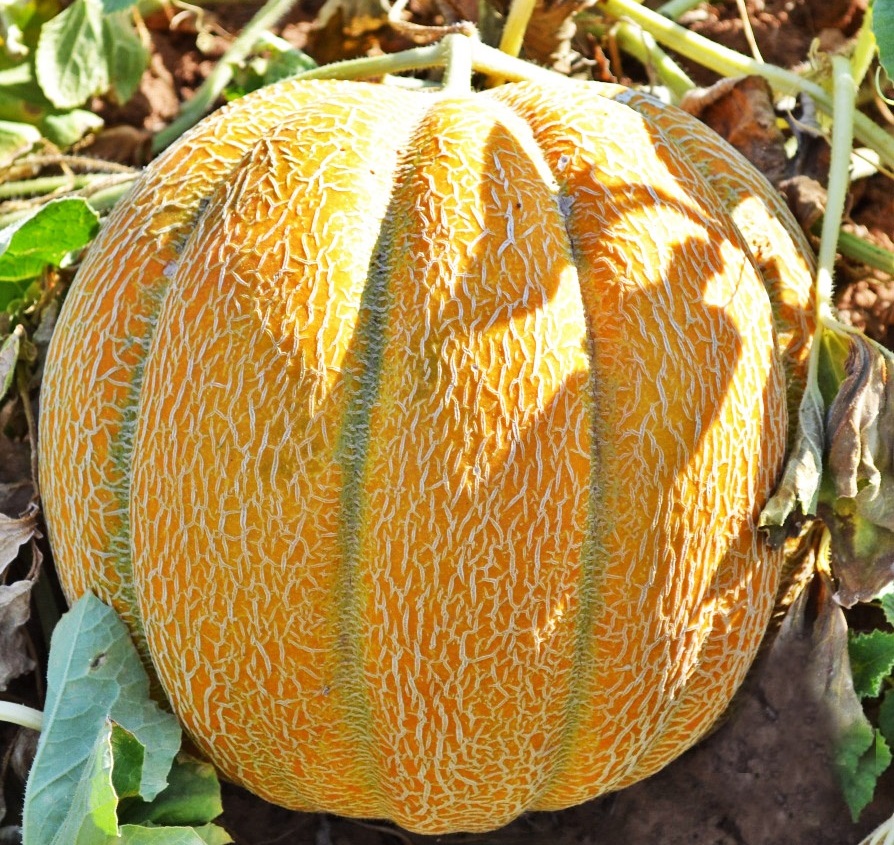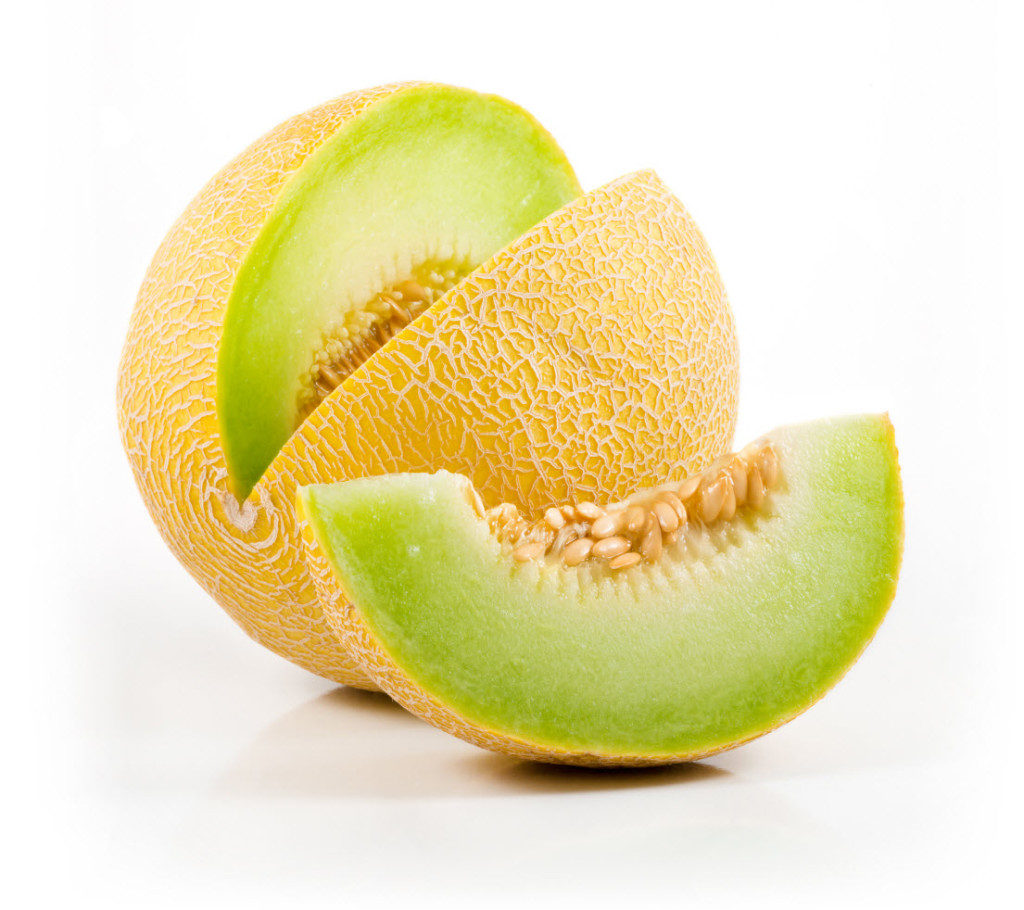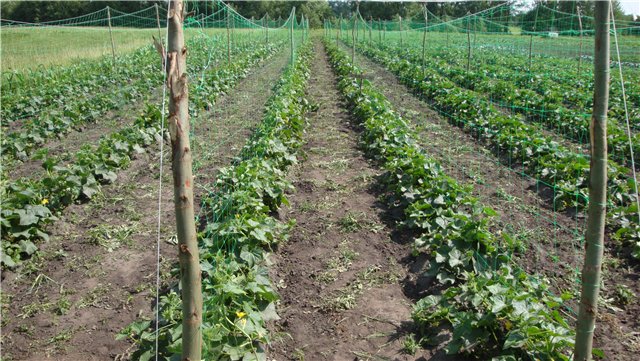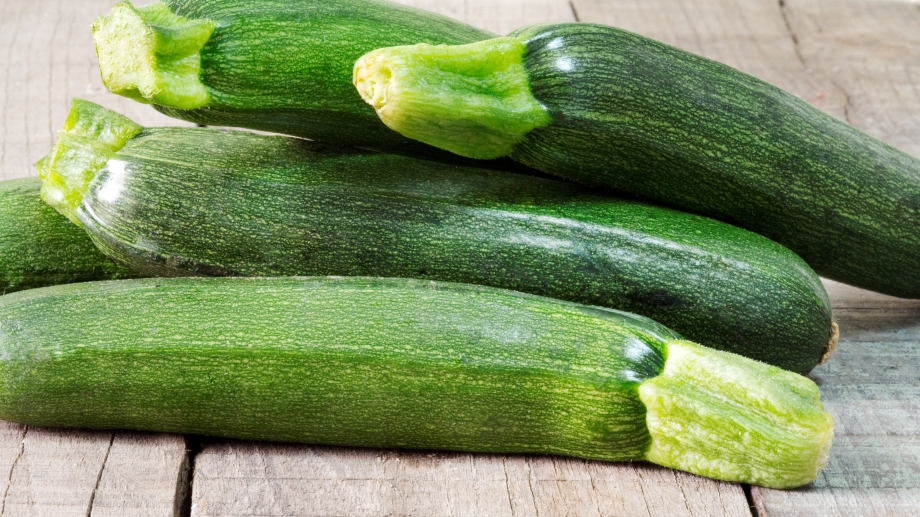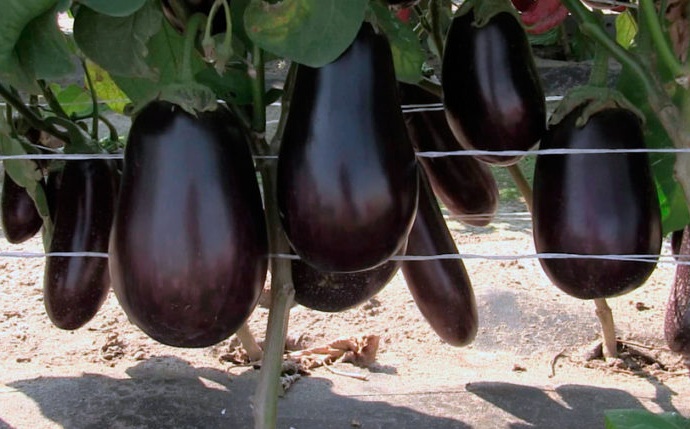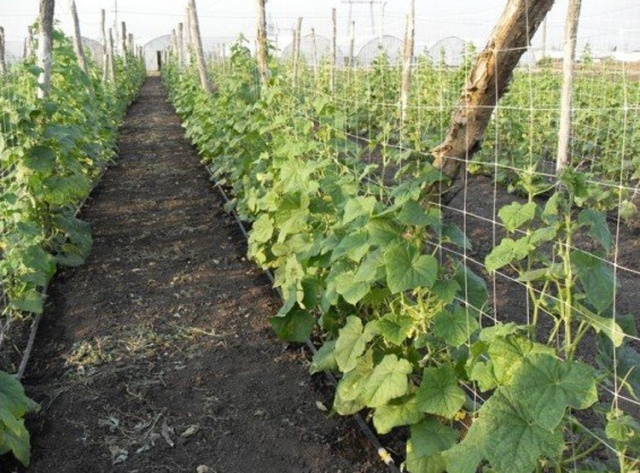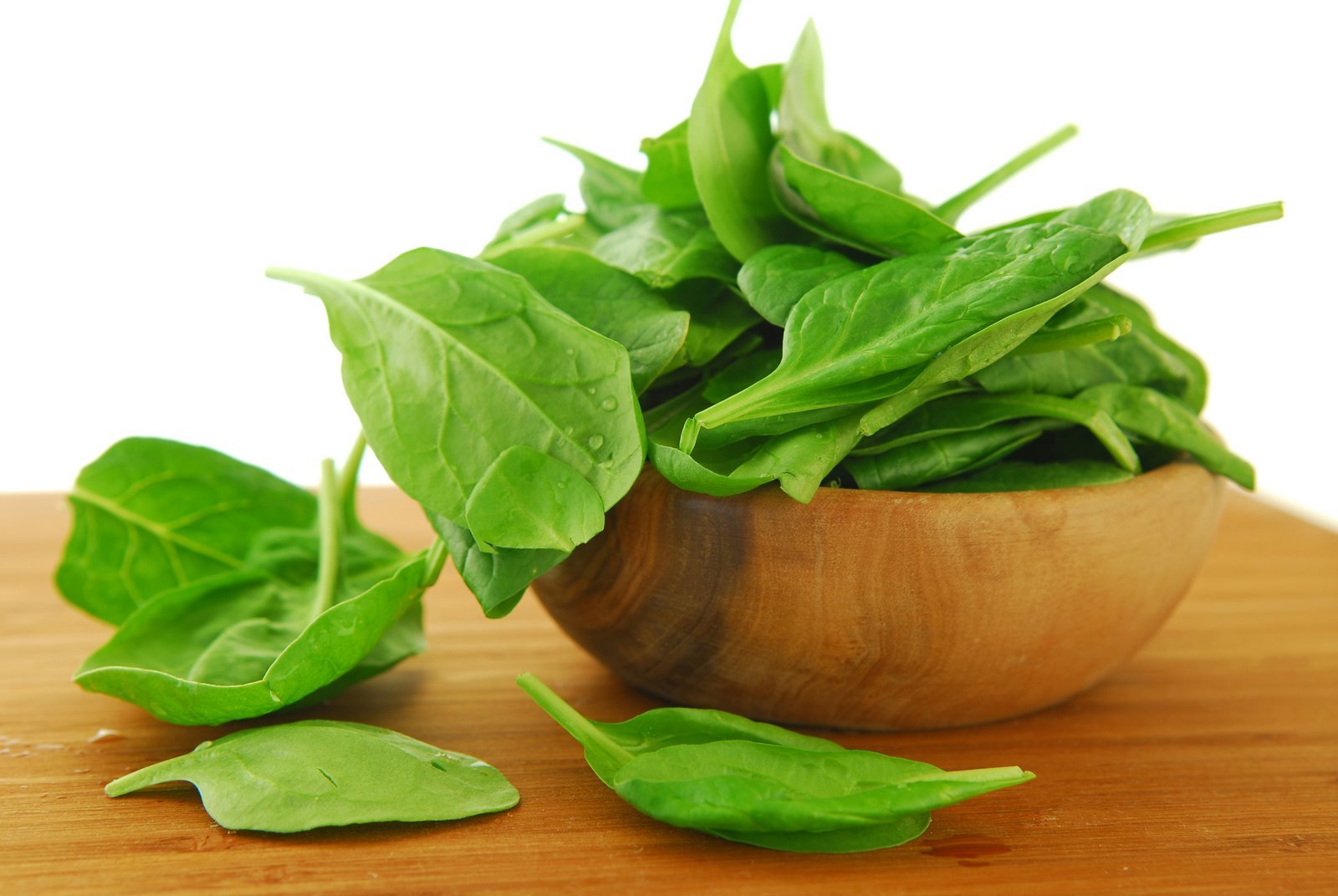Content:
Juicy fragrant fruits of a melon are a natural source of valuable trace elements and vitamins for children and adults. Golden slices not only decorate any table, but also serve as an excellent seasonal dessert. The Siberian climate is not ideal for the cultivation of southern plants, because here most often:
- short summer duration;
- the weather is unstable;
- the north wind is blowing, bringing frost.
However, summer residents who use some agrotechnical methods and show sufficient perseverance manage to harvest an excellent yield of melons and gourds even in Siberia.
Melon cultivation rules in Siberia
Given that the region is characterized by a fairly short summer, it is better to choose early ripening early varieties for successful cultivation of sweet melons in the ground in Siberia. You can use a seedless way of growing a plant, it has some advantages. For example, this method allows you to put seeds directly into the soil where the melon culture will subsequently grow. This is important for the melon, which does not like transplants very much, it is difficult to transfer them. This method can be used to grow melons in greenhouses and hotbeds, especially in the northern part of the region.
Long-term experience of gardeners proves that it is quite possible to grow a melon in Siberia in the open field and get a good harvest at the same time. First, you need to grow good melon seedlings. To do this, you need to decide when it is better to plant a melon in Siberia for seedlings.
Seedling preparation
It is possible to plant seeds for seedlings in the 20th of April, because during this period the daylight hours already have a sufficient duration, which is quite enough for the normal growth of young shoots. By the time the weather settles and the soil on the garden bed warms up enough, the young seedlings will already be strong enough, but not overgrown, so transplanting will be easier.
Future plants can be "hardened" so that they can more easily withstand the unfavorable weather conditions in open areas. To do this, the seeds selected for sowing should:
- Soak for 30 - 35 minutes in clean water heated to + 45–47 ° С.
- Immerse them in cold water for the same time, the temperature of which does not exceed + 11 ° C.
Such simple actions will significantly increase the endurance of plants. After hardening, the seed must be disinfected by lowering it for 30 - 35 minutes in a solution of potassium permanganate (potassium permanganate) of medium saturation.
After the specified time, the seeds must be rinsed in clean water. For the fastest germination, treated and hardened seeds can be placed on a dense, damp cloth. Literally in 2 - 3 days, the shutters of the seeds will begin to open. At this point, they can already be placed in the soil of small pots. In an individual container, one seed should be sown, sprinkling with a layer of soil, 1 - 1.5 cm thick.
In order to injure young plants less in the future, peat pots can be used to grow seedlings. In late May - early June, they are planted directly in the soil of the garden bed together with the sprout, without disturbing the delicate root system.
How to grow a culture in Siberia: agricultural technology
The successful cultivation of melons in Siberia in the open field requires special preparation of the beds, it is necessary to start doing this in the fall. For planting heat-loving crops, it is best to choose a sunny plot of land, if possible - on a hill.
In the fall, you need to dig up the garden bed, loosening the soil well, apply organic fertilizers (chicken droppings, mullein). During the winter period, organic matter will be processed and the soil will be suitable for planting melons and gourds. Melon loves light soils, so if alumina predominates, it is advisable to dilute it with river sand.
A week before planting seedlings in open ground, the garden bed must be specially treated. Loosen the entire surface well and make small depressions with a diameter of 25 - 40 cm on it, watering them with a solution of organic fertilizers. The distance between the holes should be at least 90 - 100 cm.
It should be borne in mind that by this time the weather has not yet stabilized, therefore, to protect young shoots, it is advisable to use plastic bottles, cut off on one side. If a special structure is installed around the perimeter of the garden, then it will be possible to stretch a transparent film to protect the plants from frost. After stable warm weather is established, the protective film can be opened.
When planting a melon in a greenhouse, the distance between the holes can be made a little smaller, because there is a vertical growth method. The expanding lashes are tied up on vertical supports and they do not unravel along the ground.
The best varieties suitable for outdoor planting in Siberia
To get a good harvest of melons in Siberia, you need to choose varieties that are adapted to the weather conditions of the region. Among them, the most popular among gardeners are:
- Collective farmer;
- Honey tale;
- Siberian f1;
- Siberian honey f1;
- Fairy tale;
- Altai.
Cultivation of a melon A collective farmer in the open field in Siberia allows in late summer - early autumn to pamper her family and friends with fragrant slices of juicy fruits. The melon crop variety, offered almost 90 years ago by domestic breeders, is an undisputed favorite among today's gardeners. Small in size, rounded melons, the mass of which fluctuates within 1 kg., Ripen in turn in the garden. The harvest needs to be collected in several stages, as the fruits ripen.
Honey fairy tale is a melon variety resistant to various diseases, characterized by increased sugar content of the fruits. Bright yellow ripe fruits can reach a weight of 1.8 - 3.9 kg. In Siberia, melons of this variety are usually slightly smaller, but they are not inferior in sweetness and aroma to their southern relatives.
Experienced summer residents know how to grow Sibiryachka f1 melon, but beginners will be interested in learning some secrets. This variety is a hybrid, which means that it does not need to pinch the main stem, because the ovary is mainly formed on it.
Siberian honey is a hybrid melon with good frost-resistant properties. Hybrid seed material purchased from specialized stores no longer needs to be processed.Seedlings of this variety can be planted in the ground when its temperature has reached + 14 ° C. Siberian honeydew melon f1, the cultivation of which is preferable in regions with a short summer, enjoys particular success among both beginners and experienced gardeners. Ripe fruits of a round shape have a light creamy pulp, characterized by pronounced sweetness and a pleasant melon aroma.
Cultivation of fragrant melon Fairy tale does not cause much trouble for gardeners, the fruits ripen in 60 - 62 days from the moment of planting. Bright yellow fruits can reach a weight of 3 kg., They have a very delicate crust, sometimes covered with a rare mesh pattern. Ripe fruits have good taste, but cannot be transported or stored for a long time.
Melon cultivation secrets from experienced gardeners
There are a number of simple rules, following which you can get an excellent harvest of thermophilic melons, even in the harsh weather conditions of Siberia:
- Cultivation of beds for melons should be started in the fall, while one should not forget about crop rotation. Melon will grow well in soil after root vegetables and legumes.
- During the flowering period, you need to observe the presence of insects performing pollination. If for some reason they are not enough, for the formation of the ovary you will have to pollinate the flowers themselves. To do this, use a fluffy brush or cotton swab to transfer pollen from male flowers to female flowers, at the base of which there are small thickenings.
- To successfully grow melons and get an excellent harvest, you do not need to neglect rationing. Do not leave more than 3 to 4 fruits on one plant, because they will not be able to reach large sizes and gain sweetness. The excess ovary should be removed when it has reached the size of a walnut.
- It is necessary to water melons and gourds with warm water, abundantly during the period of ovary and pouring of fruits, moderately at the time of ripening.
- When the fruits are on the ground and begin to ripen, a layer of dry straw or a wooden board should be placed under them. Such a layer will protect the delicate ovary from the harmful effects of excess moisture from the soil.
The information provided in this article will help novice gardeners grow and harvest a good melon harvest even in the harsh Siberian conditions.
